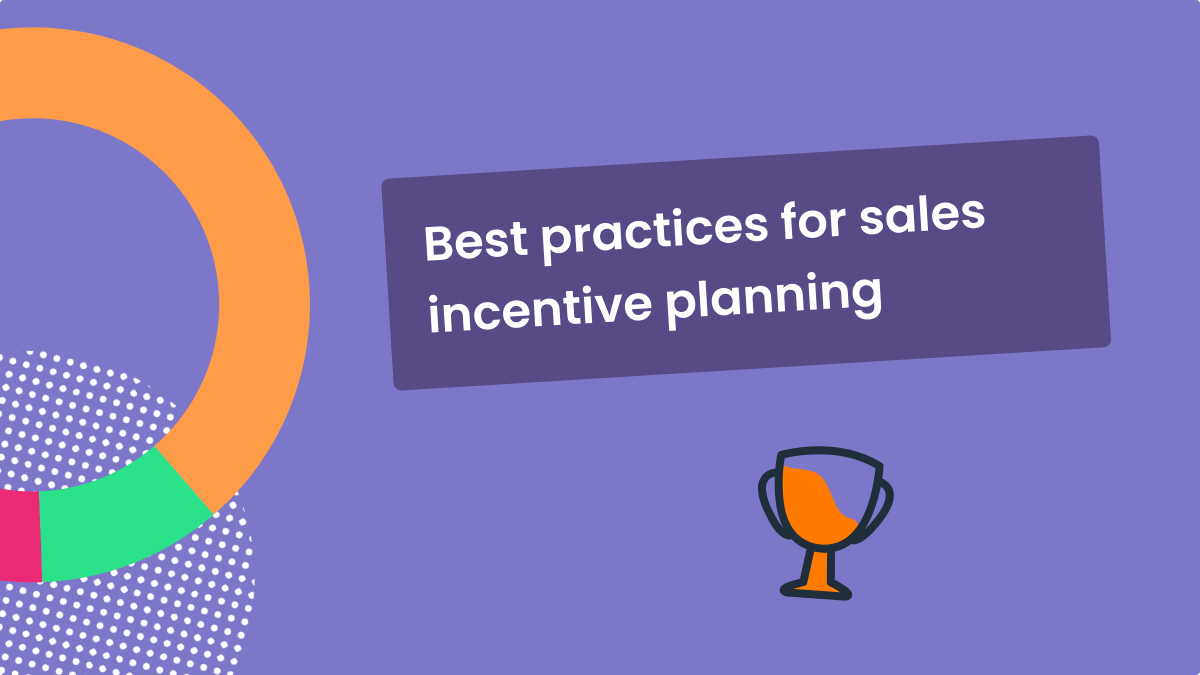
A sales incentive program should motivate sales reps to meet or exceed their sales goals with cash and non-cash incentive rewards. This method gives salespeople rewards and recognition in addition to their sales compensation plan.
Sales incentives not only motivate sales reps to surpass their goals, but they also drive greater revenue, boost rep retention, and act as a competitive advantage to attract and recruit top talent.
Just how beneficial is a solid sales incentive program? Check out these study findings:
- Properly constructed incentive programs can increase performance by as much as 44 percent.
- After money, recognition is the second most important sales rep motivator according to Hubspot’s Sales Strategy & Trends Report.
- According to a survey conducted by the Society for Human Resource Management (SHRM), 68 percent of HR professionals agreed that employee recognition has a positive impact on retention.
- In the same SHRM survey, 56 percent of HR professionals said employee recognition programs also help with recruitment.
- An Incentive Research Foundation survey found that 60% of top-performing tech companies strongly agree incentive and recognition programs are effective recruitment tools, but only 25% of average-performing companies agreed.
Now that you know the value of well-designed sales incentive programs, let’s walk through some key elements you need to know to create your own effective strategy.
What are the types of incentive programs?
There are five types of sales incentives including role-specific, presales, split incentives, analytics-based, and omnichannel. The approaches you choose for your sales incentive program depend on your sales process and what behaviors you wish to motivate your sales reps to adopt.
Let’s review these different types of sales incentives.
1. Role-specific sales incentives
Role-specific incentives are created based on individual roles and responsibilities. This approach enables you to acknowledge reps based on their job function.
For example, a sales manager has different duties than a business development rep (BDR) who prospects and identifies leads. You can reward a sales manager based on their results against the requirements of their position. And, the same is true for the BDR.
2. Presales incentives
Presales incentives reward salespeople at different stages of the sales process before closing a deal.
For teams with longer sales cycles, more touchpoints, and buying committee members, this model keeps reps motivated throughout the process by rewarding them in the short term and at the close.
In lieu of offering only a larger incentive once the rep secures the deal, this approach keeps reps focused and motivated throughout the entire deal cycle.
For example, you could give reps incentives after completing specific activities like scheduling meetings with prospects or running a sales demo, and upon contract signature.
3. Split sales incentives
Adding split incentives to your sales incentive program is a great way to reward sales reps working together on the same deal or project.
This approach allows you to split the incentive between the salespeople when the deal closes or the project ends. You can designate an even split between everyone involved or specify rules for split calculations.
For example, if two sales reps collaborate to close a large deal, you can reward them equally or based on their specific roles throughout the sales cycle. We see this model commonly implemented for sales engineers.
This model ensures all involved team members receive compensation for their work. Plus, it encourages communication and collaboration between teams by rewarding each party.
One thing to note, when incorporating a shared commission structure into your sales incentive program, create the incentive structure and expectations to avoid misunderstandings when it’s time to distribute payouts.
4. Analytics-based sales incentives
All businesses analyze data to make accurate sales forecasts, set realistic goals, and create an ideal sales cycle.
Analytics-based sales incentives reward reps based on their behaviors that align with the best practices gathered from data.
For example, if data from prior years indicate that achieving designated revenue goals requires a sales cycle length of a specific number of days, sales reps earn rewards or bonuses when they close deals within that timeframe.
5. Omnichannel sales incentives
Finally, the last type of program is omnichannel sales incentives.
With buyers embracing a digital-first approach to the buying process, salespeople often interact with prospects online and over the phone before directly engaging with them.
And, depending on the specific product or sales process, it’s possible for a prospect to sign up for a free trial or purchase online without a rep’s assistance.
Adding omnichannel sales incentives to your sales incentive program rewards reps for the support and value they provide to prospects–even if they aren’t directly involved when the buyer makes their purchase.
You can connect a closed deal to a rep by tracking who first contacted a lead via email or when a buyer made their purchase following a product demo.
Best sales incentive plans
Knowing the types of sales incentives is only one aspect of creating a sales incentive program. You must also understand what key elements will ensure your incentive program is successful.
The best sales incentive plans share the following common characteristics:
- Drive the right selling behaviors
- Motivate reps
- Reward overperformance
- Align with business goals and metrics for the quarter or the year
Keep these in mind when designing your sales incentive plans based on what you want to achieve as well as your sales reps’ preferences.
To get started, here are some of the best sales incentive plan ideas to inspire your sales team to greater achievements:
1. Monetary rewards
A popular and easy way to motivate sales reps is by offering cash incentives. These might include:
- Commissions: Give reps a percentage of each new sale in addition to their regular earnings.
- Bonuses: Reward salespeople with extra money as they meet or exceed quota to motivate them to reach higher.
- Pay raises: Periodic salary increases for your top performers are a way to display appreciation for their consistent overachievement. It’s also a way to show other team members that you reward success in your organization. Using sales leaderboards ensures transparency while rewarding sales leaders.
But one size does not fit all when it comes to incentives. Oftentimes, sales reps are motivated to work hard for other rewards and recognition.
So, what other sales incentive options are effective?
Additional reading: The psychology of compensation: How to keep reps motivated
2. Physical items
Non-cash incentives can be more powerful motivators than cash prizes if the reward is appealing to your sales reps. So, you need to know your audience or get to know what they like so they’ll be motivated to work for the designated prize.
Physical items like tech gadgets, coffee brewers, or sporting goods can inspire your sales team members and drive them to meet or exceed their goals. At QuotaPath, we even have a WWE championship belt that gets passed around to the top seller.
Plus, physical rewards act as a future reminder of why they were rewarded and evoke positive memories of the winning experience.
3. Extra paid time off (PTO)
A popular non-cash sales incentive is additional vacation time. Sales is hard and can be very stressful. So, giving reps extra PTO to decompress promotes work-life balance, boosts mental health, and shows that your company cares.
Offering PTO as a sales incentive may inspire your reps to work harder, plus they’ll be rested when they return from their holiday.
4. Self or professional development courses
Access to upskilling is a sought-after employee benefit and a powerful employment attraction tool, according to a Gallup study. So, it makes sense to offer additional development opportunities as an incentive.
Providing these types of rewards in your sales incentive program helps reps advance their careers, improve skills and performance, and increase productivity.
Plus, you’re likely to boost sales rep retention by offering development courses as an incentive. According to a Talent LMS study, 76 percent of employees are more likely to stay with a company that provides continuous training, while 66 percent say it improves their company loyalty.
Professional development incentives you might offer include:
- Sessions with a professional sales coach
- Registration for an upcoming sales conference
- Advanced sales technique courses
- Workshops or guides to learn the best way to use sales tech to streamline work processes or to learn ways to improve their business writing skills
Also, some personal development options to consider as incentives are:
- Cooking classes
- Fitness memberships
- Art classes
- Online courses of the reward recipient’s choosing
5. Public recognition
Gallup research shows that recognition is a desirable reward that boosts employee well-being, engagement, and a sense of belonging while increasing productivity.
So acknowledging hard-working sales reps who consistently meet and exceed their sales targets is a win-win. The salesperson receives the reward and knows that they are appreciated. Plus, you increase the odds of retaining this top talent and inspiring them to continue their hard work.
Some examples of ways to offer public recognition as an incentive are:
- Inviting them to attend a special event with the company’s CEO
- Honoring them with an announcement on the company’s Slack channel
- Giving them bragging rights like salesperson of the month or year
- Acknowledging them in front of the entire team
6. Gift cards
Personalized gift cards can acknowledge sales reps and give them an opportunity to splurge on special items they’ve been wanting to buy.
This is why it’s essential to know your sales team members’ preferences so the reward you offer motivates them effectively.
Some gift card ideas to consider are a gift card for an exclusive restaurant, a subscription box, and a gaming certificate if you have gamers on your team.
7. Spinning the prize wheel
If you find pinpointing one reward challenging, consider putting a variety of options on a wheel so reps can spin to see what their reward is.
Spinning the wheel for your incentive adds an element of surprise and excitement to the experience. Plus, being the one who gets the opportunity to spin the wheel enhances the recognition element of the reward.
8. Activities and entertainment
Entertainment incentives are good motivators because they give your sales reps the things they’d love to do but aren’t necessarily willing to splurge on.
You don’t have to break the incentive budget to offer these rewards. They can range in value depending on how much you want to spend. For example, some higher-cost incentives might be front-row concert tickets, a romantic dinner for two, or tickets to the big game. And some other options include:
- Rock climbing
- Movie passes
- Bungee jumping
- Zipline
- Escape rooms
- Travel incentives
9. Office upgrades
Boost rep productivity by offering upgrades to their office as part of your sales incentive plan.
This is especially popular with the rise in remote and hybrid sales teams where each person has set up their own home office, possibly on a shoestring budget.
Examples of office upgrade incentives include:
- High-quality office chair
- Dual-monitor system
- Lighting or other office accessories
- Standing workstation
- Noise-canceling headphones
10. Allow reps to select their own reward
If your sales team consists of various types of personalities with diverse tastes, hobbies, preferences, and needs, it may be easier to allow them to choose their own incentives.
In this case, you can designate a budgetary limit for the reward that motivates each individual rep. Then encourage your reps to envision what they would select if they won at the beginning of the incentive period to motivate them to work harder.
Sales incentive structuring
Now for actually structuring your sales incentive packages.
Follow these tips as you create your incentive program to increase its effectiveness at the business and rep levels.
1. Include all comp plan stakeholders from the beginning
Streamline the creation of your sales incentive program by involving all affected departments as you initiate the planning process. These vary based on your organization’s structure and include functions such as:
- Human Resources (HR)
- Sales Compensation Analysts and Admins
- Finance
- Sales Operations
- Senior Sales Leadership
- Legal
2. Review historical sales data for possibilities
Analyzing previous years’ sales data reveals seasonal sales trends. Once identified, commonly slow periods are candidates for incentives like SPIFs to help remedy these shortfalls. If you don’t have previous historical data, use conservative numbers and leverage any research you can find in your market and industry.
3. Include non-monetary incentives
Although everyone needs money, it very rarely is the sole motivator. Average and lower-performing sales reps may be more motivated to improve by non-cash incentives.
4. Create role-based incentives
Customization is essential to the success of your overall comp plan, so it makes sense to incorporate role-based incentives. This enables you to drive specific role-specific behaviors to further boost sales and revenue results to meet business goals.
Your customer journey and sales process will help you determine which behaviors contribute the most value to customers while improving sales.
5. Allocate funds for short-term incentives
Historical data can reveal consistent trends, but short of having a crystal ball, it’s nearly impossible to anticipate all challenging sales periods. That’s why it’s advisable to reserve at least 3-5% of your total incentives budget for SPIFs, short-term bonuses, and accelerators to help close the gap during those times.
Additional reading: How to set up a successful sales SPIF
6. Incorporate some team incentives
Including team incentives or competitions can be fun, increase collaboration across the sales team and create healthy internal competition while boosting goal achievement. Competitive options include pitting territories, verticals, or small groups against one another to grow sales.
Group incentives encourage cross-departmental relationships and teamwork. They are especially effective when combined with SPIFs to hit goals.
7. Add fun incentives
The addition of fun or unexpected incentives injects some excitement into your plan and can be quite motivating. Some examples of fun sales incentives are raffles, randomly selected lottery numbers, or grab-bag-style prize giveaways. These can be very budget-friendly while energizing reps to participate.
Other fun bonuses include group team-building activities like golf, paintball, and dinner or happy hour after work.
8. Rank your incentive plan against the industry average
Make sure your sales incentive plan is realistic and attainable to ensure the likelihood that it will motivate your sales reps. Gauging its appeal against your industry’s average incentive plan and then exceeding it as cost-efficiently as possible is advisable. This helps boost rep retention and gives you a competitive hiring advantage.
Resource: 2023 Compensation Guide (Betts Recruiting)
9. Complete a compensation risk analysis
Sales compensation is complex, so you can’t be too careful when creating a sales incentive program. Proactively review the practices and rules relating to your program to identify any potential risks to the organization before implementing it.
10. Get sales rep input
Most sales reps want a personalized incentive plan. Although this may sound like an impossible task for large organizations, it’s important to make the effort by requesting rep feedback. This helps involve reps in the process and will improve rep buy-in.
11. Confirm that your selected incentives will promote the right behavior
The goal of any sales incentive program is to encourage behaviors to achieve business goals such as more leads, revenue, or profits. So, it’s essential to ensure that you are choosing incentives that will motivate your sales reps appropriately.
12. Fine-tune your sales incentive plan
Creating a sales incentive plan is not a set-it-and-forget-it process. It’s likely you won’t get it 100% right on the first try.
It’s best to get started, then analyze your results, adjust accordingly, and test different elements to see what is most effective.
Some variables to experiment with include:
- Payment amounts or multipliers
- Payout triggers
- Points awarded per sales dollar
- Timing of reward (Each time? Quarterly? Yearly? At milestones?)
- Form of reward (points, cash, trip, etc)
- Segmentation methods such as by vertical, product, or territory
- Team-based goals
- How much you pay
- Activity or behavior-motivated elements
- Long-term activities and behaviors vs. payouts only for transactional sales
Additional reading: How to assess your comp plan’s success
13. Clearly communicate the sales incentive plan
It’s essential to clearly explain your sales incentive plan to sales leadership and the sales team.
Otherwise, you’ve wasted valuable time and effort designing your plan.
No matter how wonderful the plan might be, it won’t motivate sales reps if they don’t understand the sales incentive plan.
It’s essential that salespeople understand how they can earn more or win rewards on the new plan. So present the comp plan effectively to inspire your desired behaviors and hit your targets.

Sales incentive program management
Next, you need to think about how you will operationalize sales incentive program management.
Sales incentive program management is the use of supplemental rewards in addition to the standard compensation structure to drive better business outcomes. This strategy accomplishes this by more closely aligning sales rep behavior with the company’s goals.
Incentives include things like:
- SPIFs: Short-term incentives designed to motivate sales reps to focus on specific activities, like selling a particular product or service or targeting a designated customer segment.
- Bonuses: Monetary rewards in addition to commissions, often awarded for meeting certain goals, such as attaining a sales quota or booking a deal with a new customer.
- Commissions: The most common type of sales incentive program, paying salespeople a percentage of the sales they make based on the specific compensation plan.
- Prizes: Gifts awarded for completing specific activities or exceeding a designated target. These include things like gift cards, dinner for two, and movie tickets.
- Awards: A trip or other major reward given to top-performing salespeople who meet specific criteria.
- Recognition: Public acknowledgment of sales reps exceeding expectations. Recognition can be given in ways such as leaderboards, awarding a trophy, or a simple announcement in front of the team or a broader audience.
A properly managed sales incentive program motivates sales reps to exceed their goals, boosts revenue, increases sales rep retention, and provides your organization with a competitive hiring advantage.
Sales incentive software
When it comes to calculating sales incentives, many companies still calculate commission in Excel. This may be effective if your organization employs less than 5 salespeople.
But as teams increase in size, and add layers of commission tiers and streams, a spreadsheet can become cumbersome to manage. Not only can the use of a spreadsheet become a major time suck, but it can also be a particularly error-prone process that can lead to an incorrect commission payout.
So, why not automate it with a sales incentive compensation platform like QuotaPath? Our commission tracker app gives you and your organization:
- Transparency so sales reps understand their compensation plan and can track and forecast progress toward goal attainment.
- Source of truth for earnings to minimize earnings disagreements and discrepancies
- Helps Finance predict future revenue and retention performance by having historical data on how compensation plans impacted past performance
- Enables reps to see how they’re tracking toward their goal and enables them to translate their sales pipeline to actual forecasted earnings
- Operationalizes sales compensation
Ready to see what it’s like to automate your sales incentive plan calculations? Start a free trial or schedule time with a QuotaPath team member.

FAQ:
What are the best practices to sales incentive planning?
Align incentives with company goals. Sales incentives should be designed to motivate salespeople to achieve the company’s overall goals. For example, if the company’s goal is to increase revenue, then the incentive plan should reward salespeople for selling more products or services.
Make incentives fair and equitable. Salespeople should be rewarded fairly for their efforts. The incentive plan should be designed to reward all salespeople, regardless of their experience or territory.
Keep incentives simple. The incentive plan should be easy to understand and administer. Salespeople should be able to easily calculate their potential earnings under the plan.
Test the plans. Run last year’s numbers through this year’s proposal. What breaks? Are you overpaying or underpaying? You should also run this year’s financial model’s revenue assumptions on the highest commission rate as well as the lowers. Read this blog for additional ways to pressure test your compensation plan.
Introduce comp plans in a timely manner. That means communicating the plans to your sales teams at the start of the year, like at your annual sales kickoff. Any changes thereafter should also follow an example compensation communication plan so that reps and leadership fully understand the meaning behind the changes and how the company will help support them achieve their goals.
Monitor the results of the incentive plan and make adjustments as needed. The incentive plan should be evaluated on a regular basis to ensure that it is meeting its goals. If the plan fails to meet its goals, then adjustments should be made.
How can you calculate incentives for sales?
There are a few different ways to calculate incentives for sales. The most common method involves applying a percentage of the sales. For example, if a salesperson sells $10,000 worth of product, they may receive a commission of 10%, or $1,000. Another method is to apply a single rate bonus or a flat fee. For example, a salesperson may receive compensation of $500 on every new deal they sell. This of course assumes that the effective rate of pay for the rep is within a reasonable range of the contract value.
You could also combine the two by offering both a commission percentage and a single-rate bonus. For example, a salesperson may receive a commission of 5% of their sales and a milestone bonus of a flat $1,000 after hitting a predetermined goal, such as selling $50,000 in new revenue.
As far as systems in place for calculating incentives in sales, most companies manually track and calculate seller earnings via spreadsheets. For smaller organizations with less than 5 reps, this works great. But as teams grow and add complexities to their compensation structures (monthly SPIFs, different commission rates for different products, and more), a spreadsheet will become tough to maintain. If that’s the case, consider automating commission tracking with QuotaPath.
Skip a demo and try QuotaPath out for yourself over a free 30-day trial.
What are some of the most commonly used sales incentive programs?
There are many different types of sales incentive programs, but some of the most common include:
Commissions: This is the most common type of sales incentive program. It works by paying salespeople a percentage of the sales they make. For examples of a sales incentive plan template, check out Single Rate Commission, Single Rate Commission with Contract Term Multiplier, and Commission with Multi-Year Accelerators.
Bonuses: Bonuses are typically paid out in addition to commissions, and they are often given for meeting certain goals, such as hitting a sales quota or bringing in a new customer. For bonus-based compensation plan templates, check out Multiple Rate Bonus (Revenue), Milestone Bonus, and Single Rate Bonus (Revenue).
For activity-based bonus comp plans for biz development, use these SDR commission planning templates Qualified Opportunity Bonus and Demos Completed Bonus.
SPIFs: Spiffs are short-term incentives that are designed to motivate salespeople to focus on specific activities, such as selling a new product or service or targeting a specific customer segment.
Contests: Contests are a great way to create excitement and generate enthusiasm among salespeople. They can be based on individual performance, team performance, or even company-wide goals.
Other incentives: Other types of sales incentive programs include travel awards, merchandise, national park passes, and charitable donations. The best type of incentive program for your company will depend on your specific goals and objectives.
When designing a sales incentive program, it is important to consider the following factors:
- Your company’s goals: What are you trying to achieve with your sales incentive program? Are you trying to increase sales, improve customer satisfaction, or boost employee morale?
- Your salespeople: What motivates your salespeople? What are their needs and wants?
- Your budget: How much money are you willing to spend on your sales incentive program?
By considering these factors, you can design a sales incentive program that will be effective and affordable.
Which companies are implementing the best incentive programs?
An employee incentive program is a type of performance management tool that rewards employees for meeting or exceeding certain goals. Incentive programs can be used to motivate employees to improve their performance, increase productivity, or achieve specific business objectives.
There are many different types of employee incentive programs, but some of the most common include:
Commissions: Commissions are a type of incentive program that pays employees a percentage of the sales they make.
Bonuses: Bonuses are a type of incentive program that pays employees a lump sum of money for meeting or exceeding certain goals.
Stock options: Stock options are a type of incentive program that gives employees the right to buy shares of the company’s stock at a discounted price.
Tuition reimbursement: Tuition reimbursement is a type of incentive program that pays employees for taking classes to improve their skills.
Flexible work arrangements: Flexible work arrangements are a type of incentive program that allows employees to work from home, set their own hours, or take breaks throughout the day.
In today’s working environment, more companies than not offer employee incentive programs. Notable ones that have been widely praised include:
Zappos: Zappos is an online retailer that offers a variety of employee incentive programs, including commissions, bonuses, and tuition reimbursement.
Salesforce: Salesforce is a cloud-based software company that offers a variety of employee incentive programs, including commissions, bonuses, and stock options.
Netflix: Netflix is a streaming media company that offers a variety of employee incentive programs, including bonuses, stock options, and flexible work arrangements.
Employee incentive programs can be a valuable tool for businesses of all sizes. By designing a program that is tailored to their specific goals and objectives, businesses can motivate their employees to achieve great things.
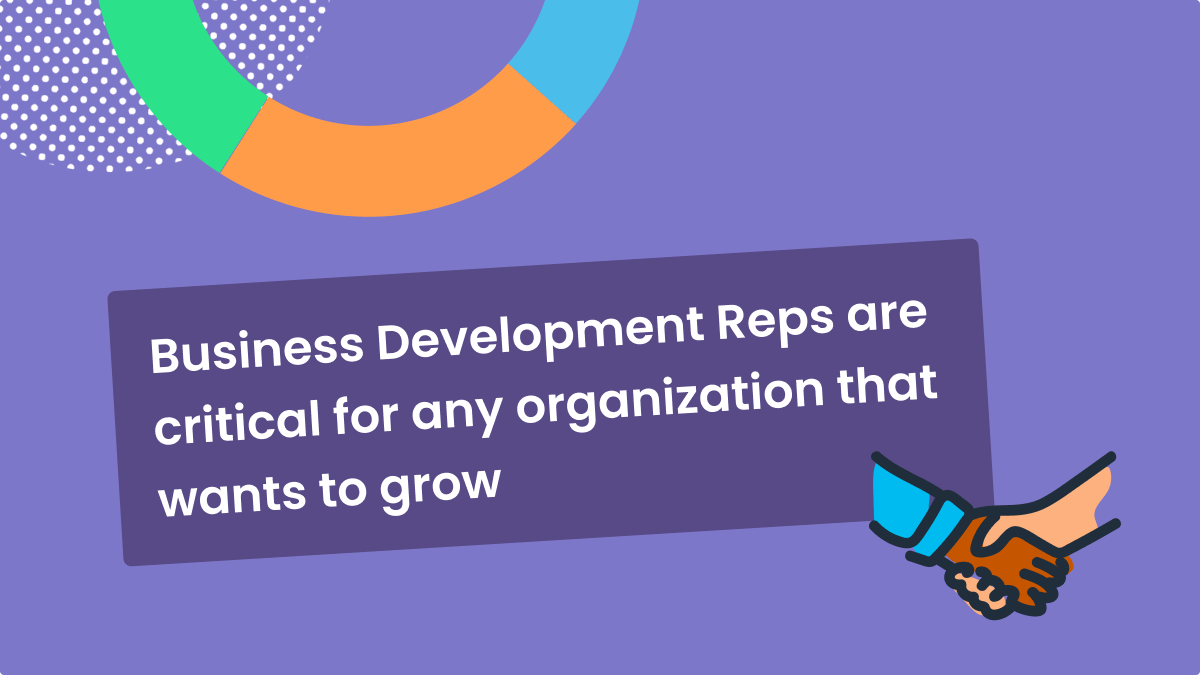






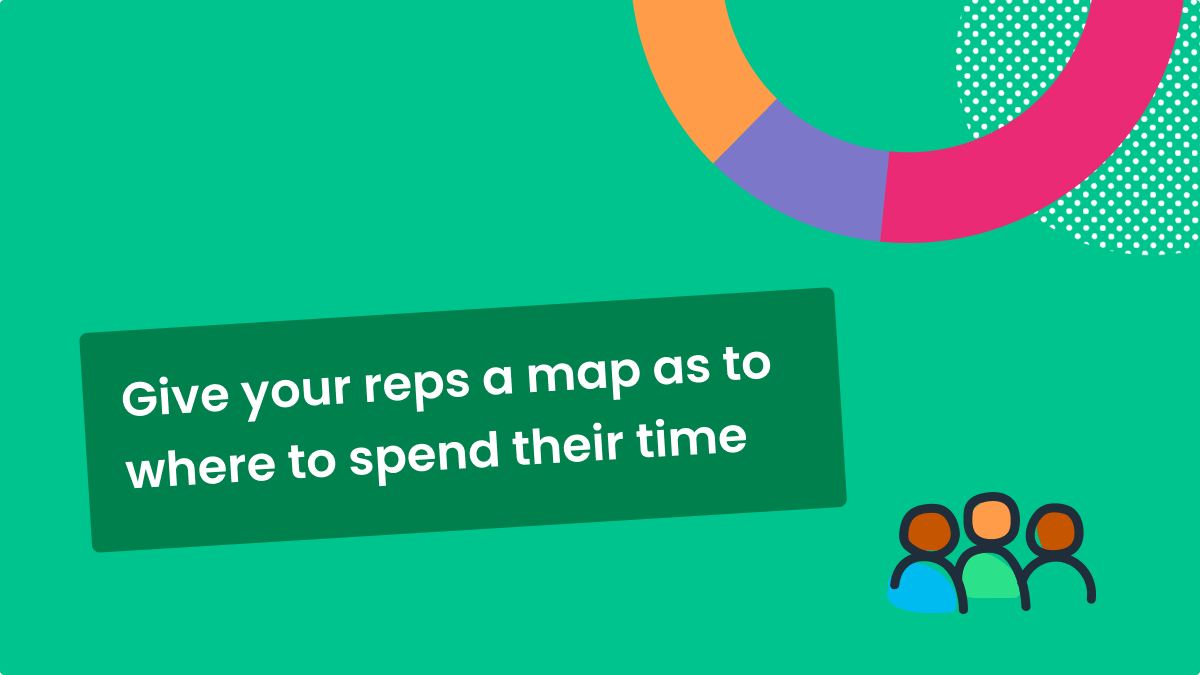



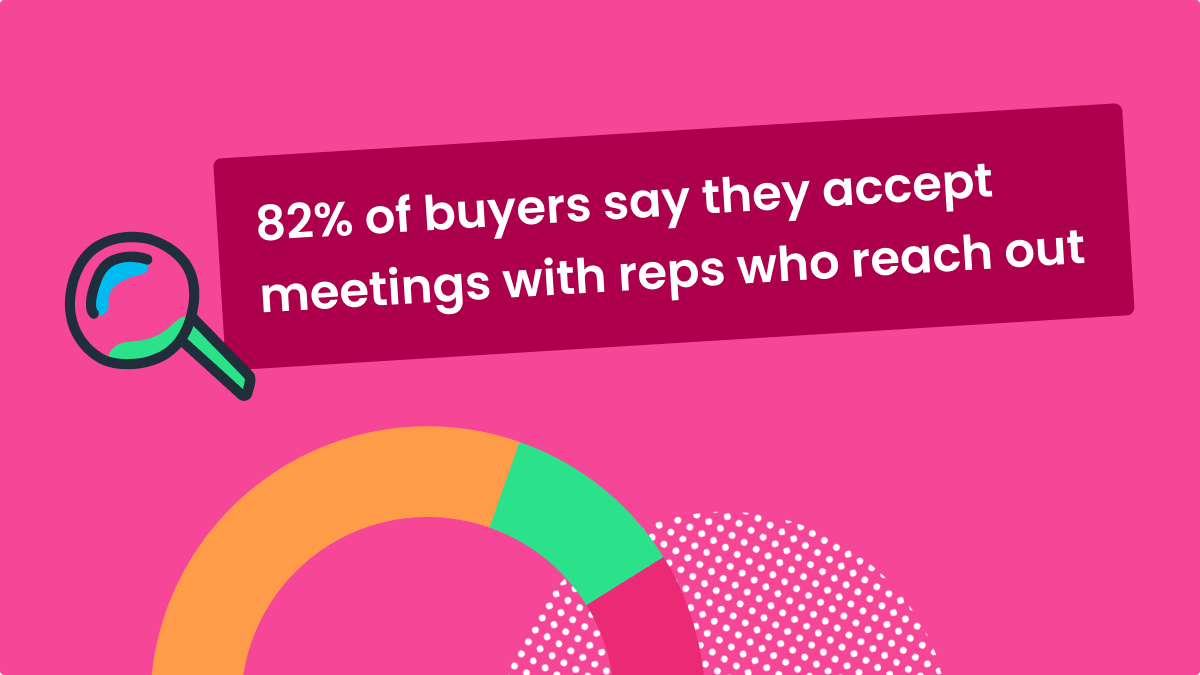
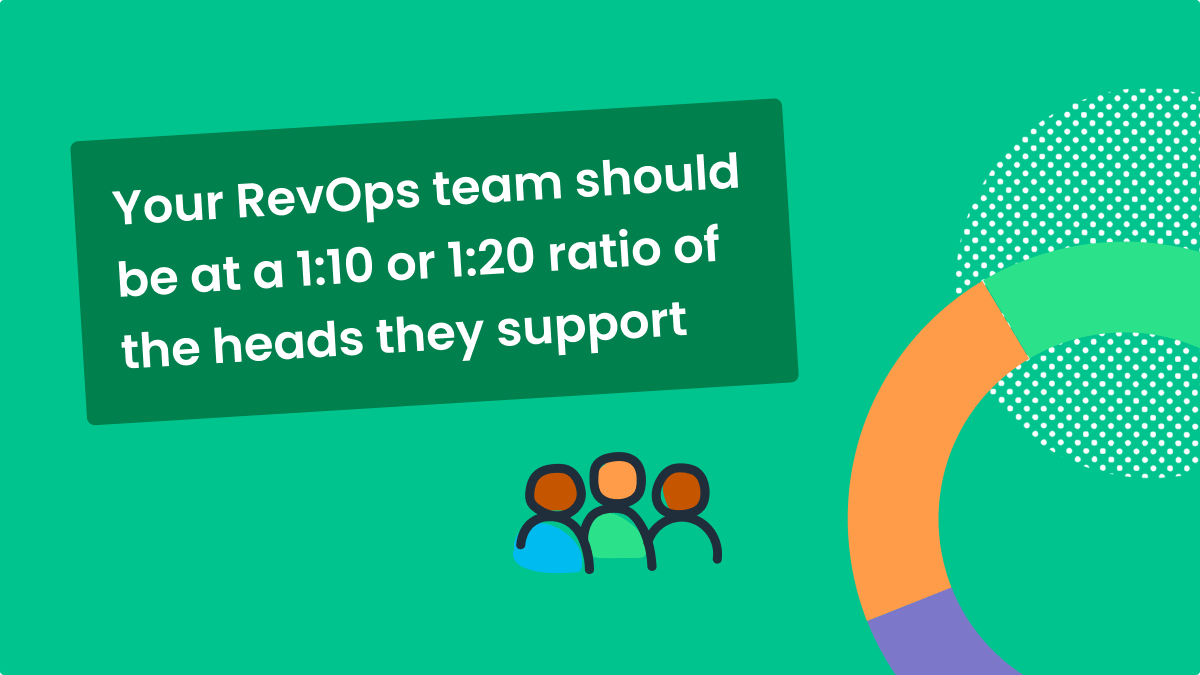
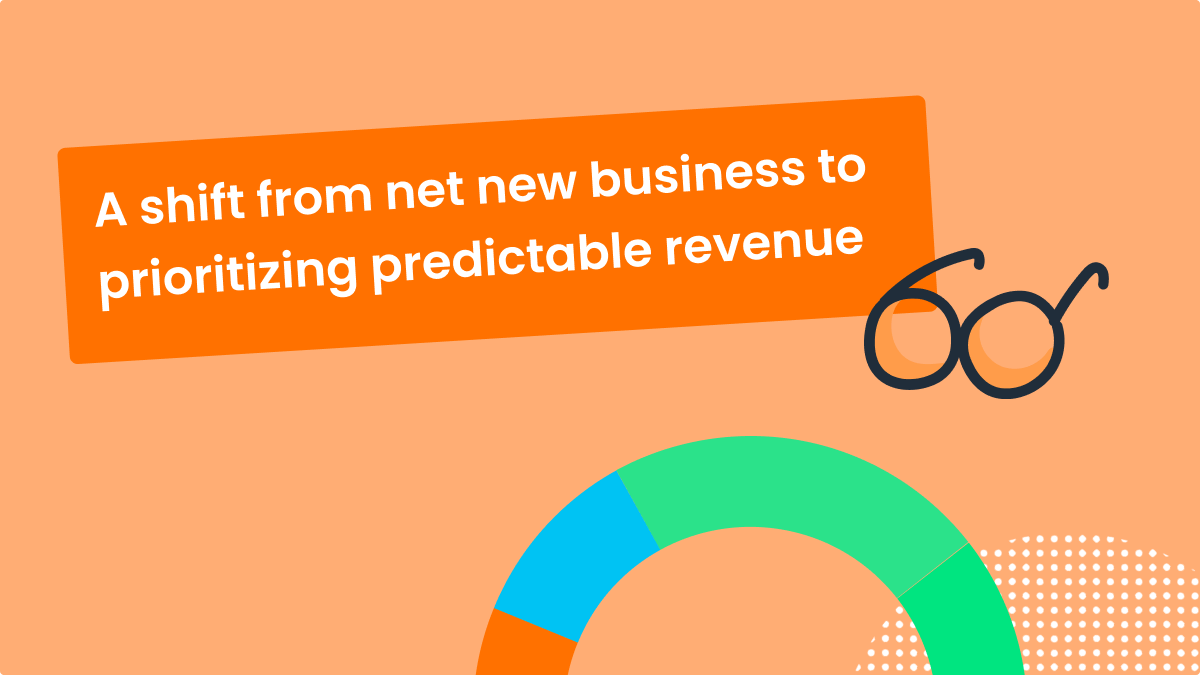
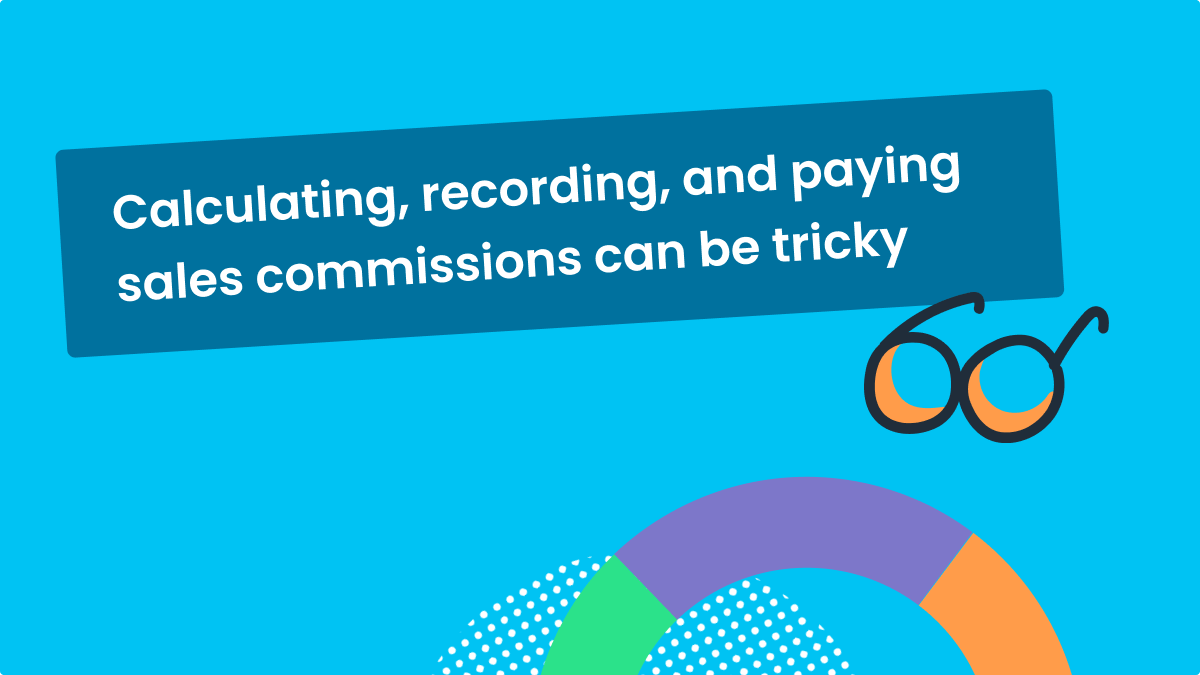
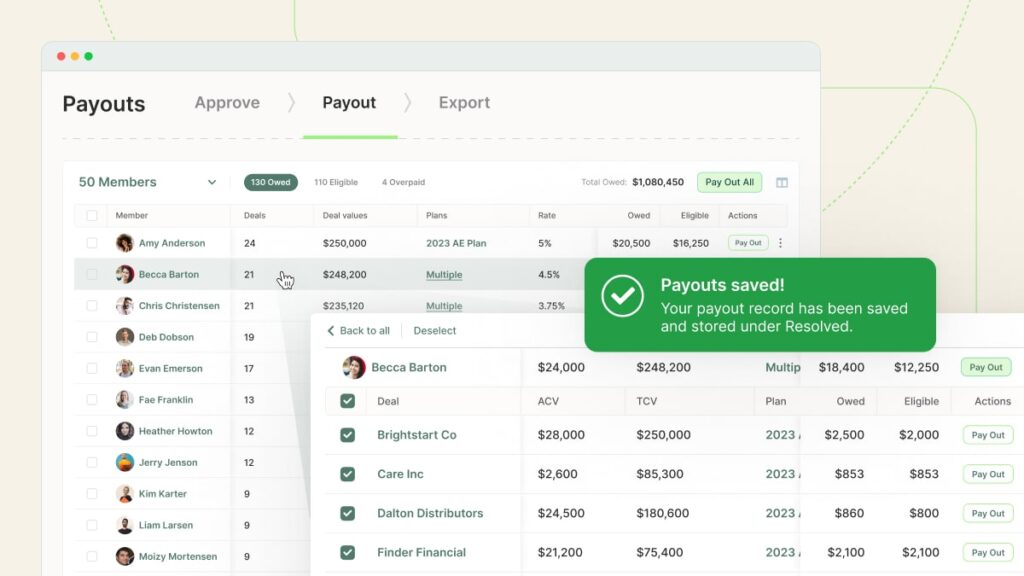
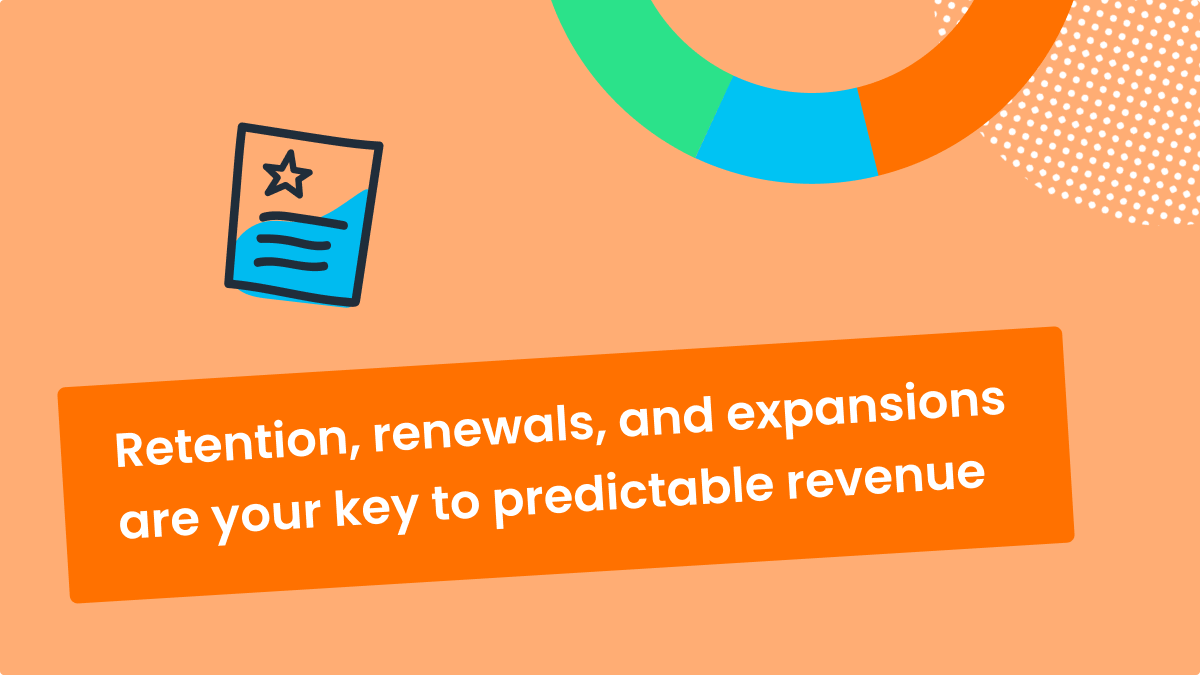
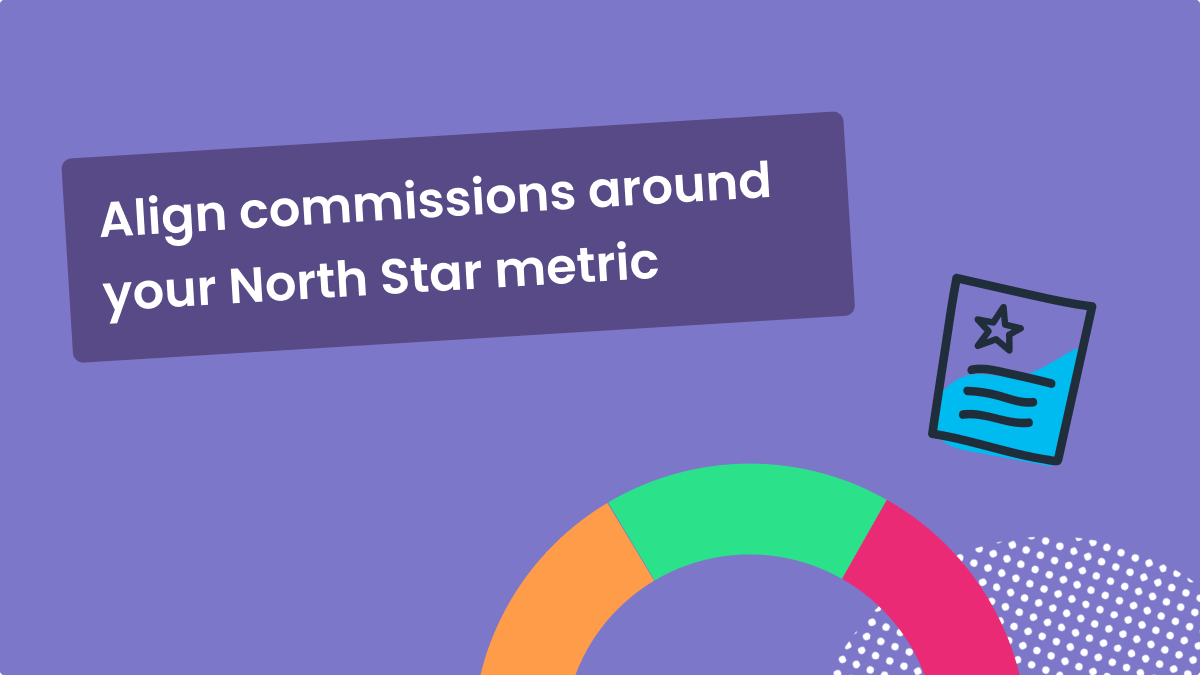




Recent Comments